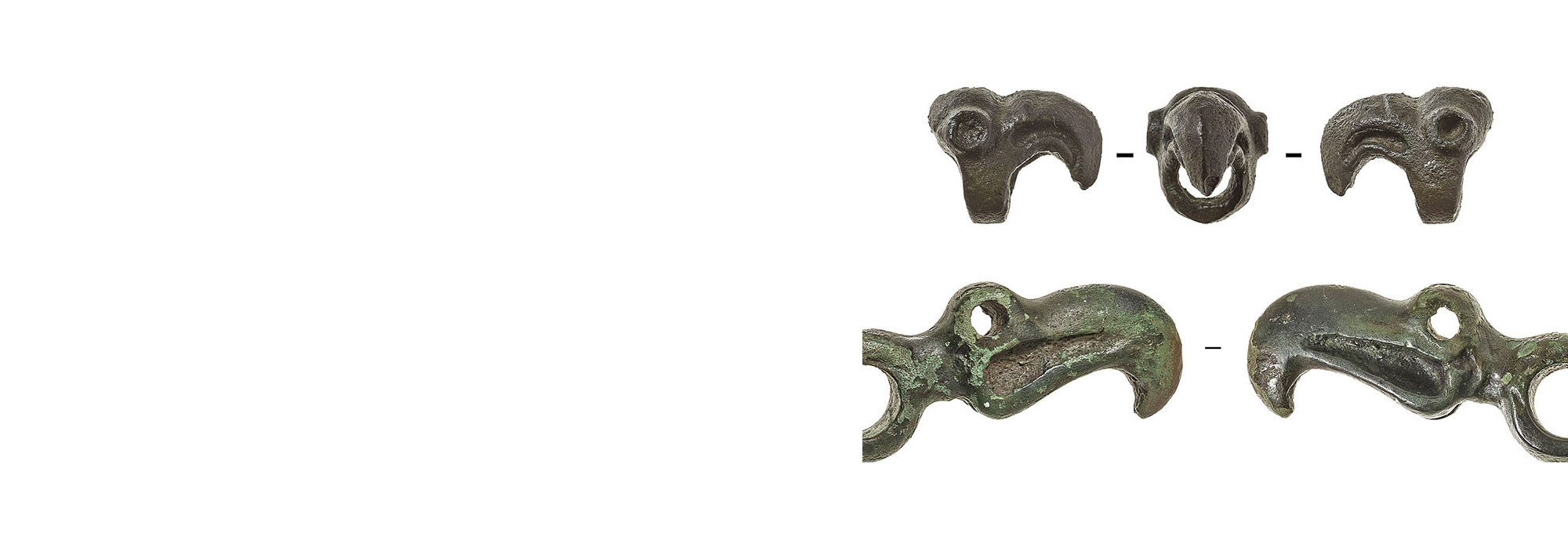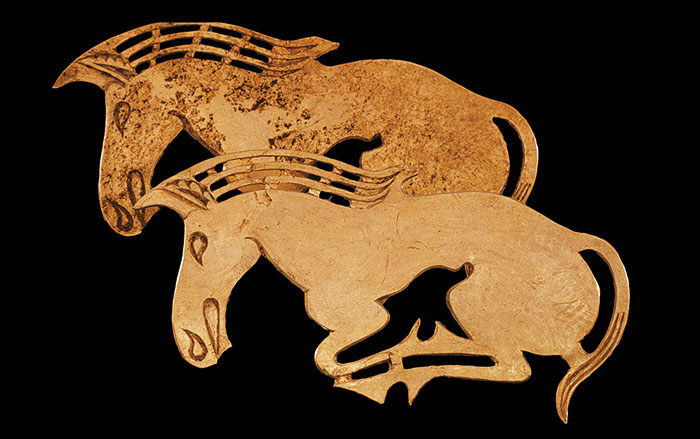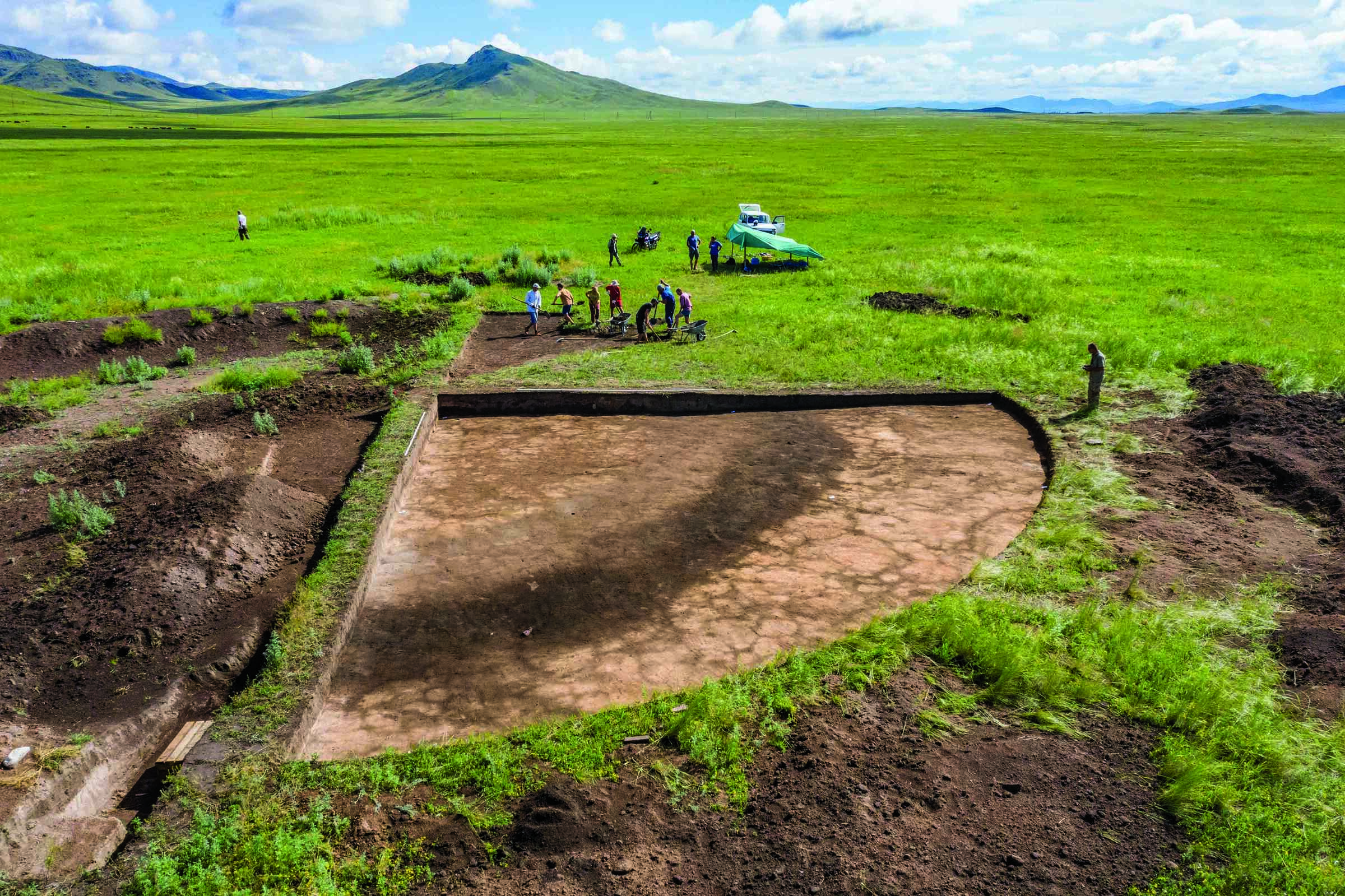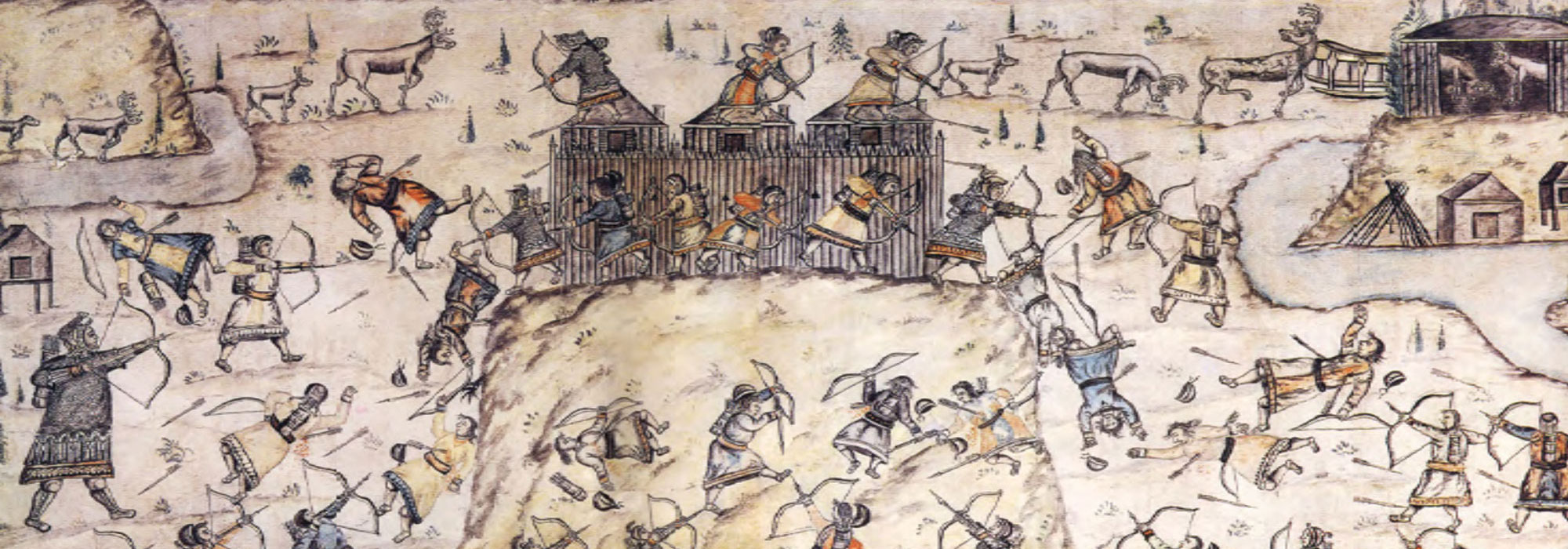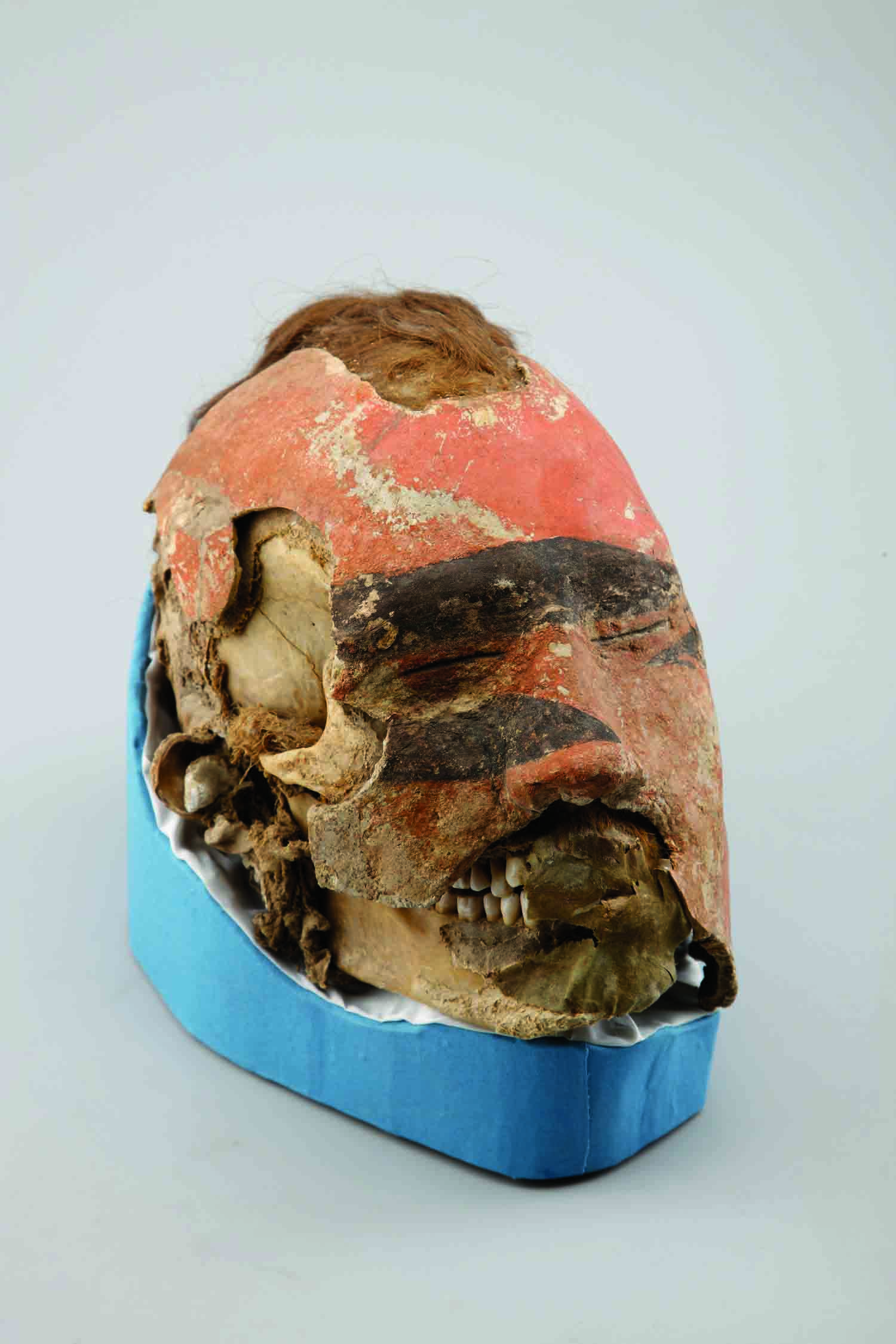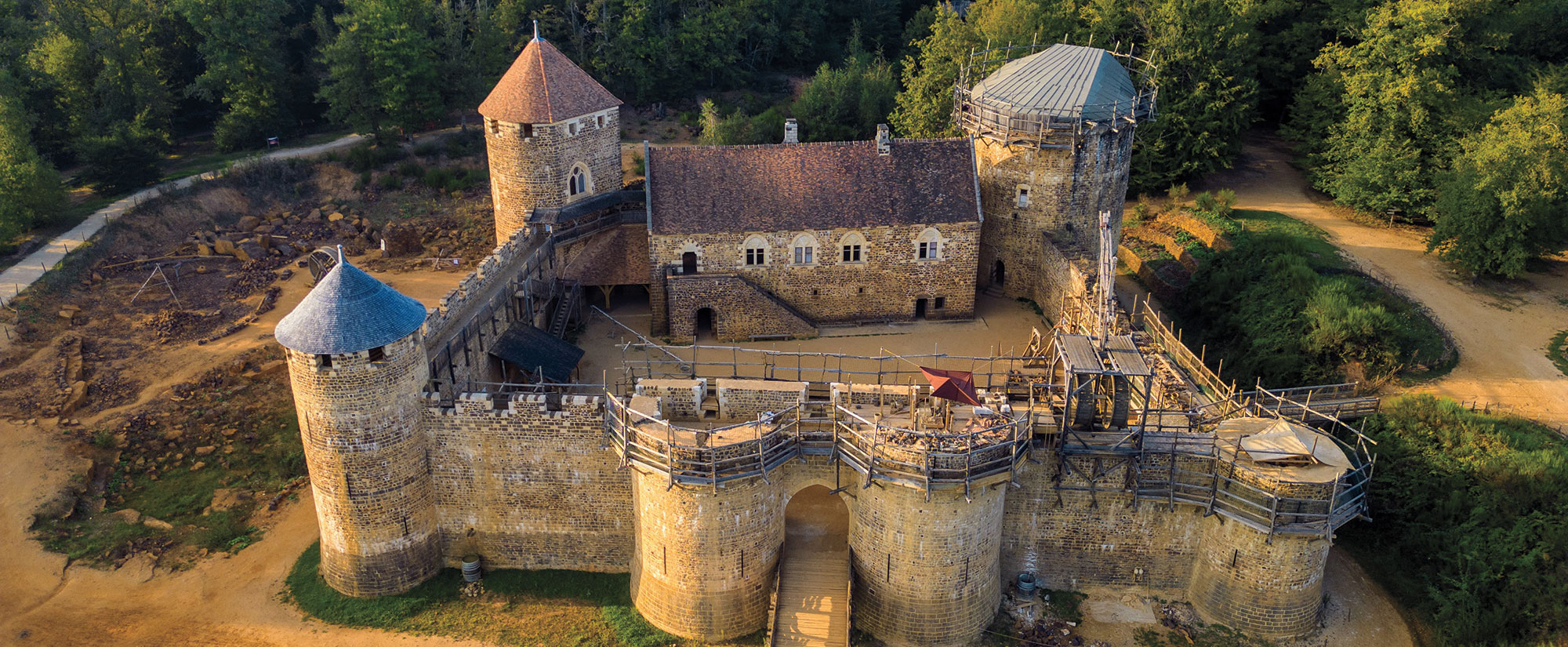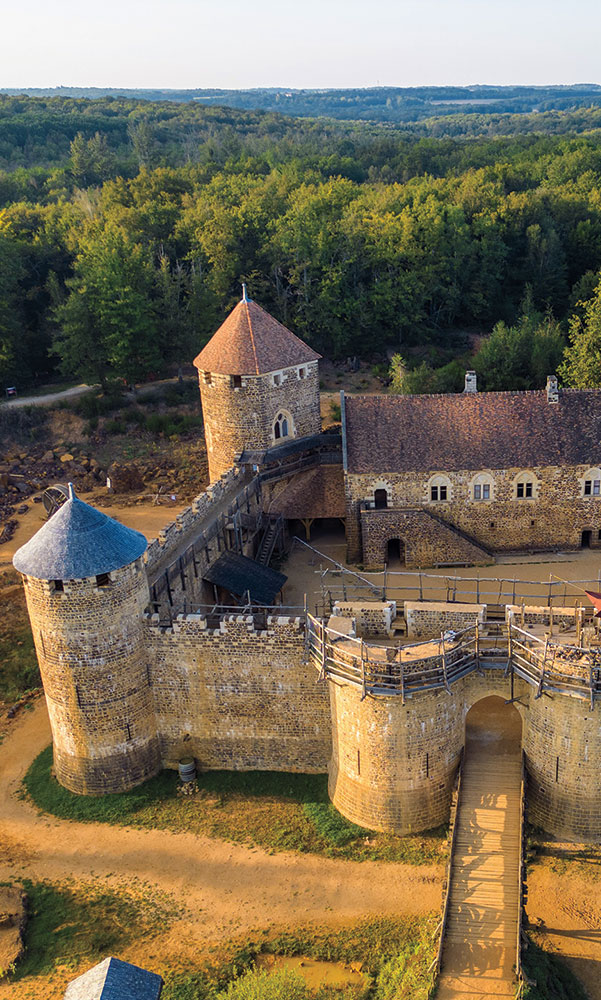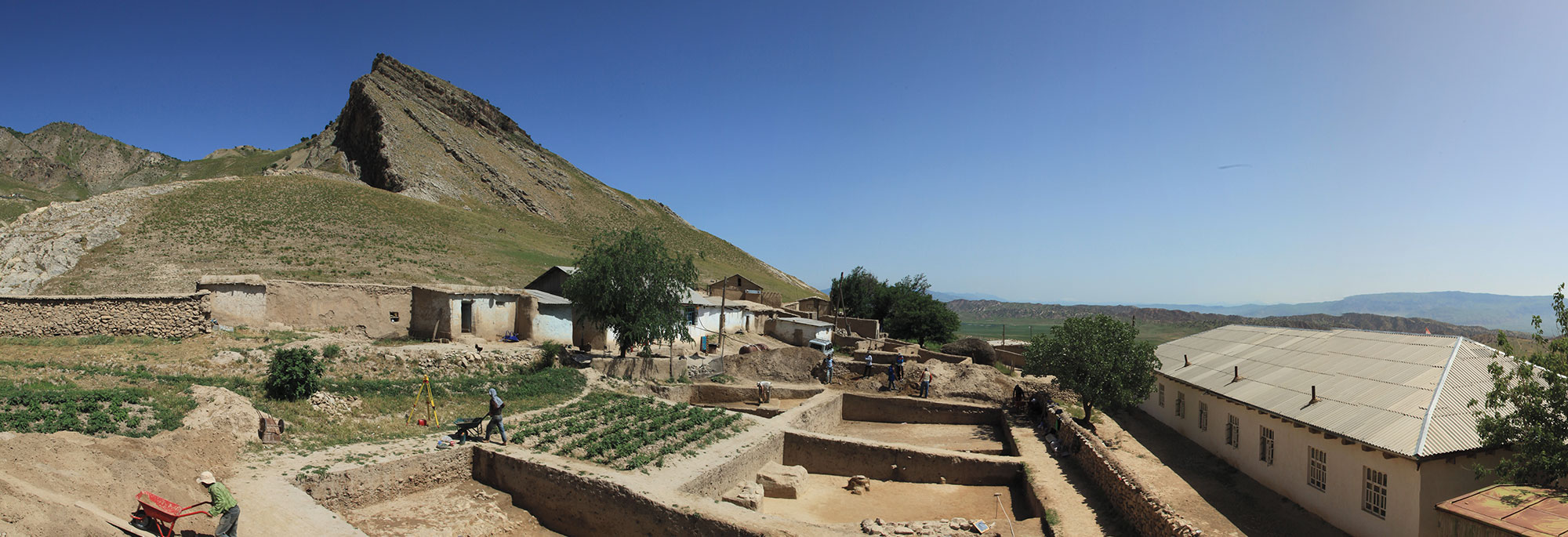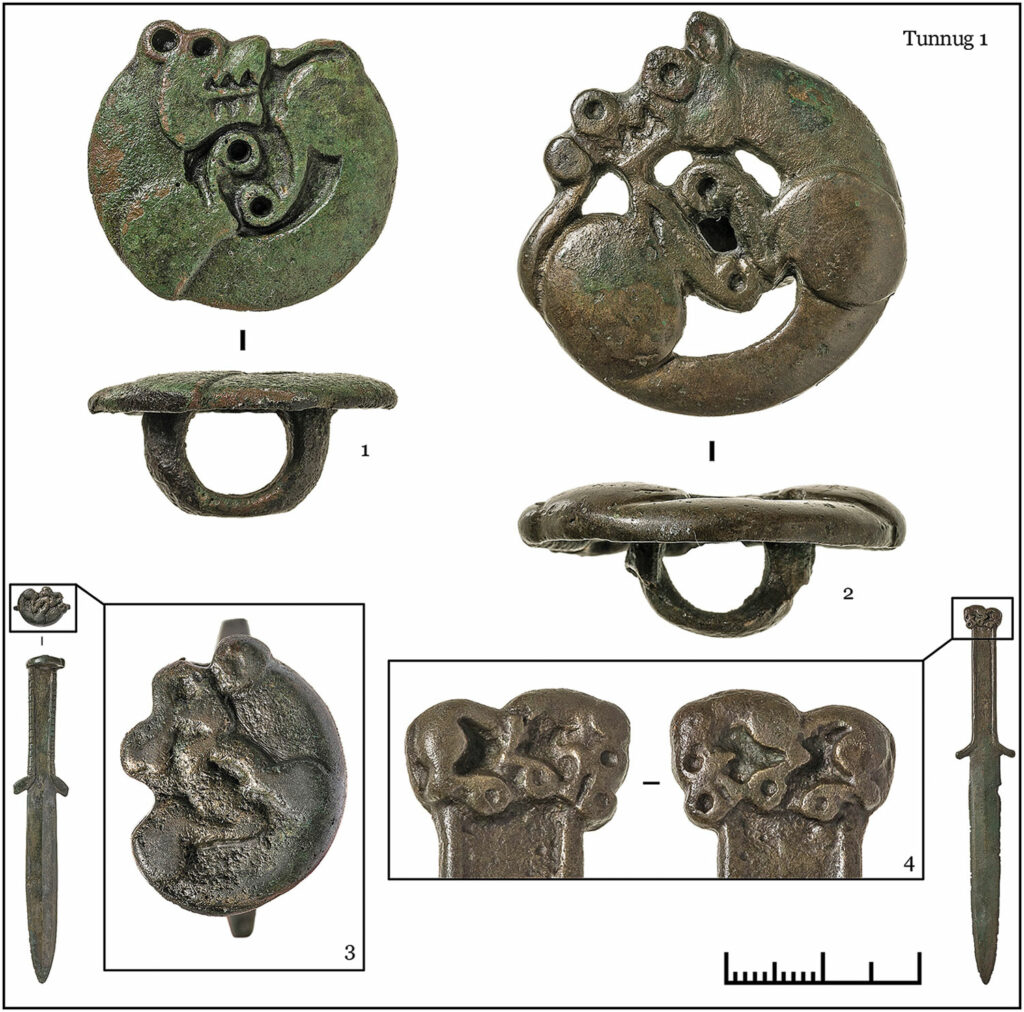
ST. PETERSBURG, RUSSIA—Phys.org reports that a new study of Scythian animal-style artifacts has been conducted by Timur Sadykov of the Russian Academy of Sciences and his colleagues. The artifacts they analyzed, which were recovered from a ninth-century b.c. burial mound known as Tunnug 1 in southern Siberia’s Uyuk River Valley, feature representations of rams, felines, birds, and snakes made with bone and bronze. “Clearly, wild animals were very important as spirits inhabiting the natural world, and it’s really interesting that we mostly see depictions of wild animals and barely any domesticated animals (the rams are probably wild argali sheep),” said team member Gino Caspari of the University of Bern and the Max Planck Institute of Geoanthropology. The majority of the animal-style artifacts from Tunnug 1 were associated with horses. Just two objects, in the form of felines, were associated with daggers. Gold objects were recovered from burials in Tunnug 1, but they were not Scythian-style animal artifacts. Later Scythian artworks, however, were often made of gold and include a wider range of animals, such as deer and griffins. The researchers suggest that the diversity eventually found in Scythian animal-style objects may be the result of different groups with varying traditions coming together for funerary rituals. Read the original scholarly article about this research in Antiquity. For more on Scythian objects depicting animals, go to "Rites of the Scythians."


